Stonyhurst Farm
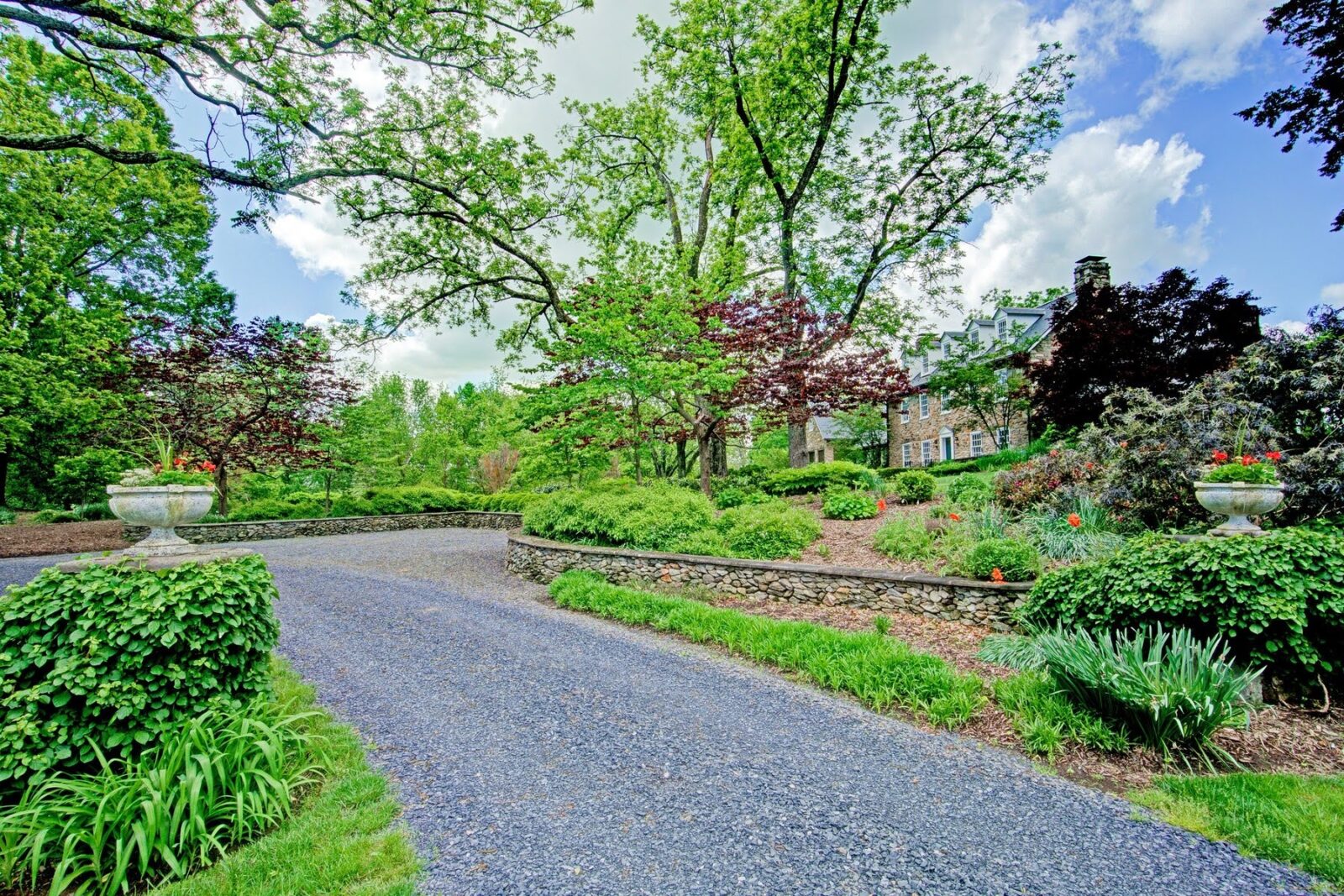
Throughout the United States, there are just a handful of iconic eighteenth century villages and towns which retain their original character and charm. The Town of Middleburg, in the Commonwealth of Virginia, sits atop that list, with its historic buildings, independent stores and restaurants, sheer tranquility and an unmatched equine sports reputation.
Middleburg is also the undisputed home of fox hunting in the US, dating to the early twentieth century, when it’s rolling hills and abundant wildlife attracted wealthy equestrians from Washington and beyond, to establish this quintessential English sport in Middleburg. Numerous beautiful horse farms and large country properties surround the Town of Middleburg, both new and old, occupying land lots usually protected by ancient stacked stone walls, or wood rail fencing.
One such property occupies almost 95 acres just minutes from town, on winding Foxcroft Road, a mile from Glenwood Park – Stonyhurst. The colonial fieldstone built manor house, originally named Mount Olive, dates to 1890, and is centered on this bucolic parcel over which hunters and riders have galloped for centuries. The current owners had been living in London, England for three years, having moved there when their son was just turning two, and when the time came to cycle back to the States in late 1999 he was five. The owner takes up the story:
“We were looking for a less frenetic lifestyle from London and “big cities”, but still wanted access to a major city for cultural/historic/dining purposes, and given that we were somewhat oriented to DC, we began our search in the surrounding areas. I took a job with a leading tech firm in March of 2000, and was commuting weekly from London to Dulles for work. My wife’s job, also in the tech sector, had her visiting the States on and off on a monthly basis. When Stonyhurst came to the market, it was on the heels of the Schulz development project https://wapo.st/2DY8Ysi.
We looked at many properties in Aldie, Upper Loudoun, Upperville etc, and found that Middleburg had the right balance of a real town center, excellent school options for our son (both private and public), close to AOL and Dulles, a close knit family community with a sense of ‘being’ and inclusion.
When Mr. Schulz listed the farm, I came out to see it and immediately fell in love. The house was in grave disrepair, but had strong bones and TONS of history. But what did it for me was the rolling nature of the property (i.e., not a “flat farm”) and the fact that it was not totally denuded of trees. I walked the whole farm with the agent and settled on the plateau near the barn which provided an excellent view of the town and the blue ridge – but noticed that you really can’t see neighboring houses from the house. So – solitude without remoteness. While up at the barn, unbeknownst to me there was a very large buck (think elk size) that sprung and ran across one of the fields quite majestically. None of the neighboring farms (due to their flatness and lack of trees) would have afforded this “brush with nature”.
I asked the agent to video tape (yea, really tape) the whole property on a drive as well as the internals of the house and brought the tape back to London with me on the following Friday. My wife watched the tape with my voice over – and where I was focused on the land and the location, she zoomed in on the house and immediately started researching architects who could restore it in keeping with its history, but add modern touches that would bring the house into the 20th century (for example kitchen, larger bedrooms, baths, 3rd floor room with full bath, office, screened porches, moving the stairwell etc). So we both loved the property for different, but complementary reasons. We must have watched that video a hundred times.
That search led to Donald Lococo, a young architect at the time, and Rosemarie Howe (interior decorator) with whom my wife had collaborated on our Woodley Park and London homes. My wife moved back in late July of 2000 and, after a three year renovation, we moved in. We both came out every day (renting a house near Aldie) to monitor progress, restore the barn and placed the entire property into a perpetual conservation easement, ensuring that it can never be broken up into dozens of parcels and sold off, but kept in open space forever.”
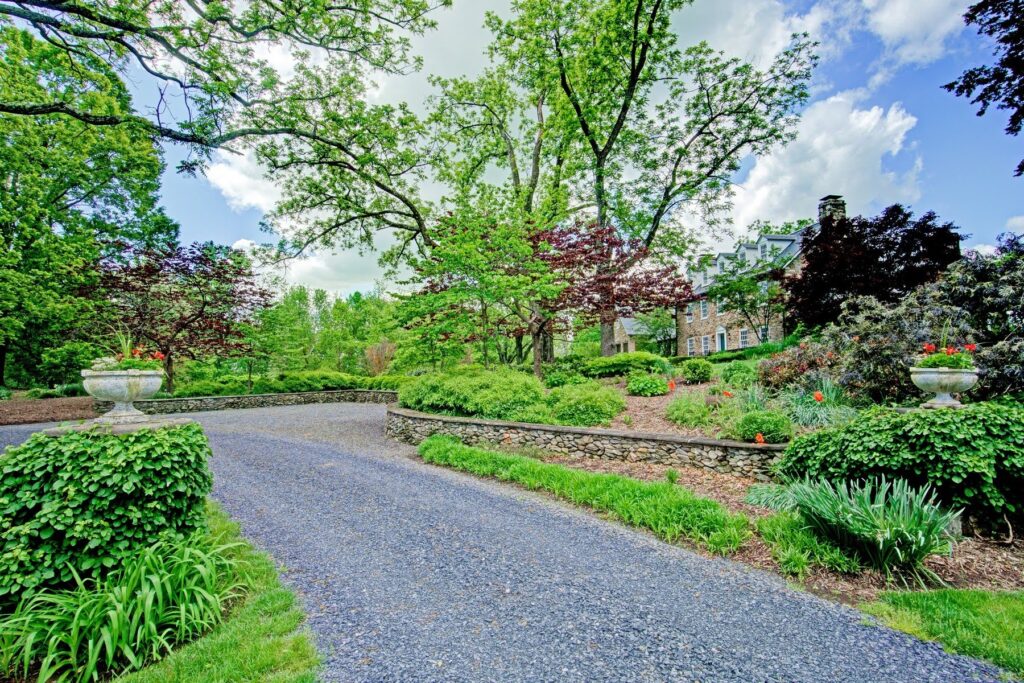
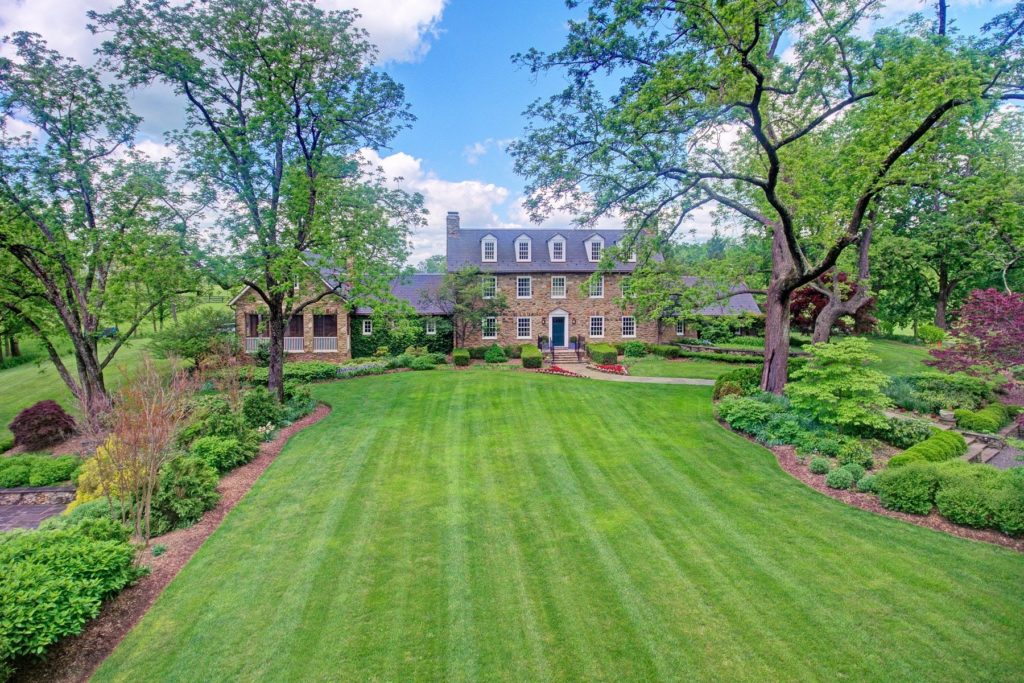
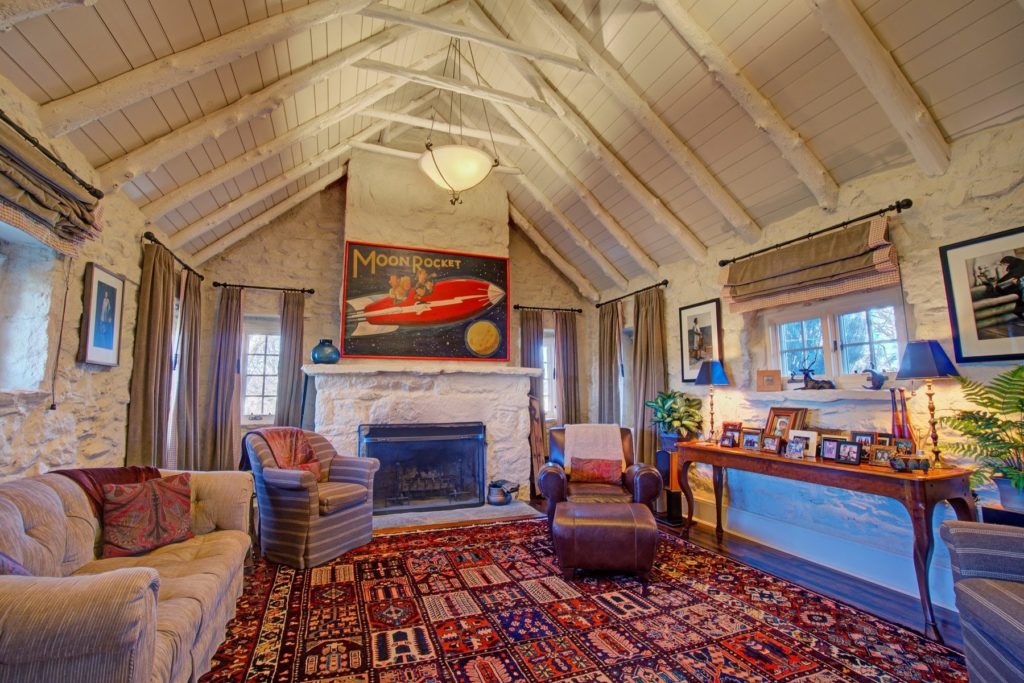
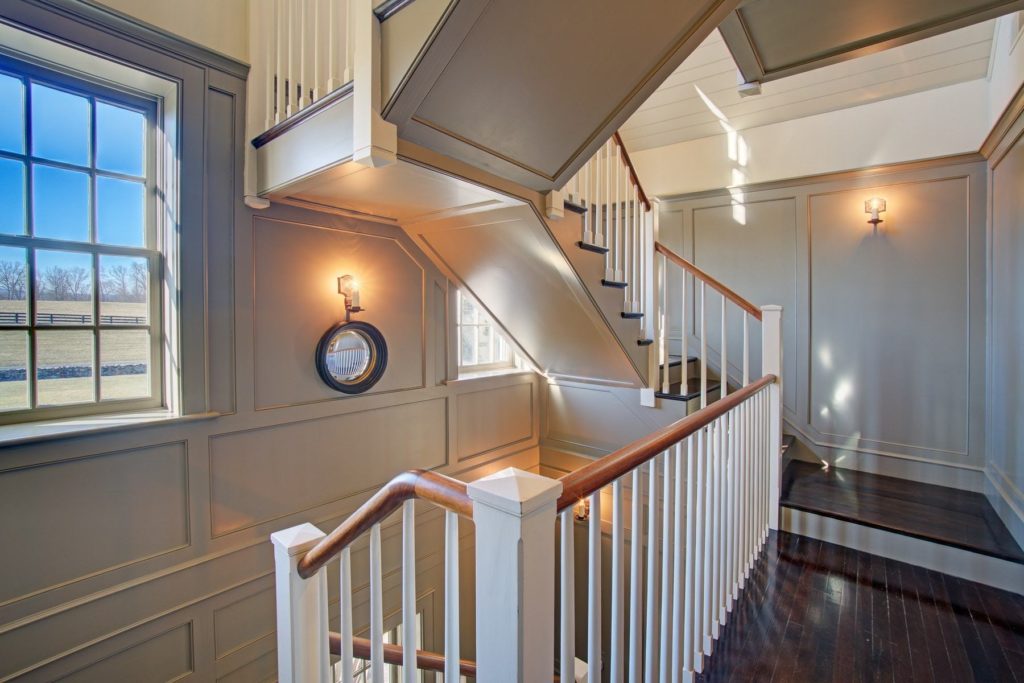
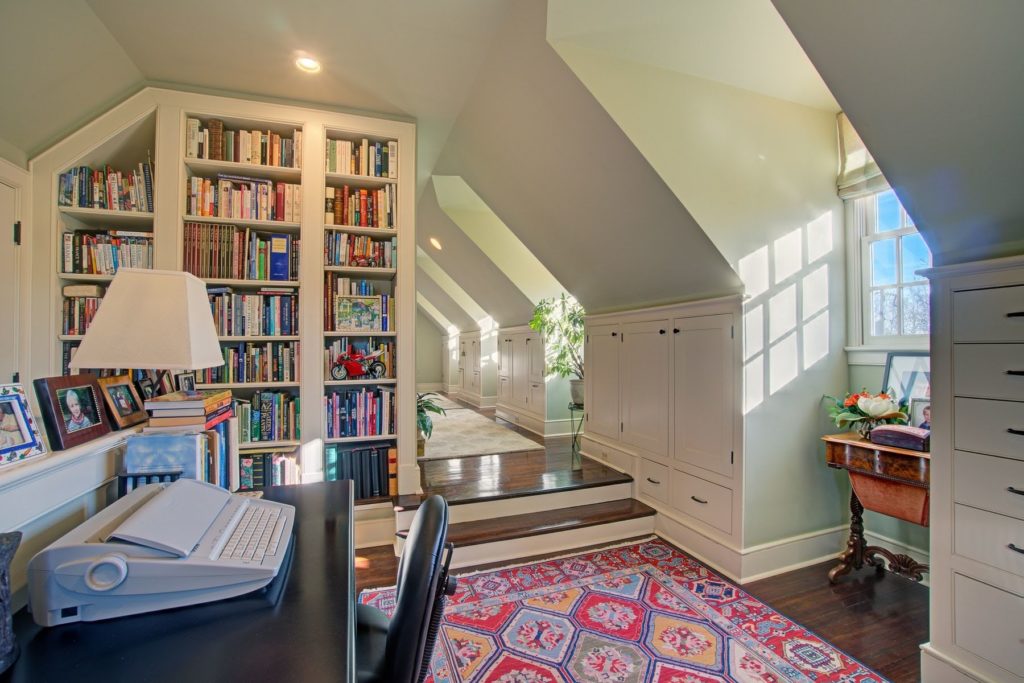
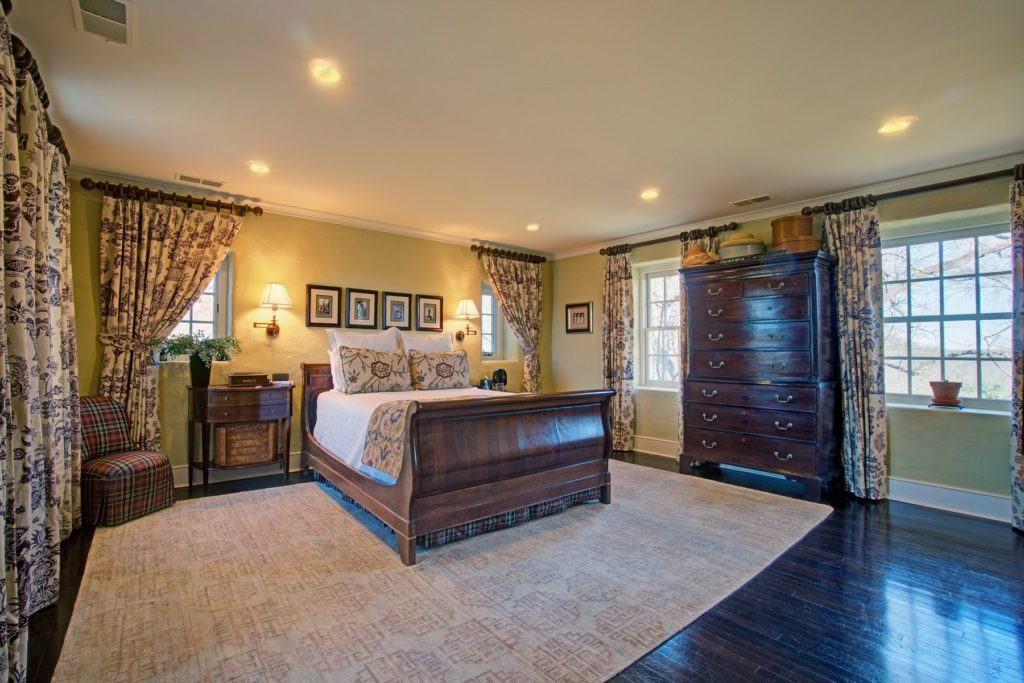
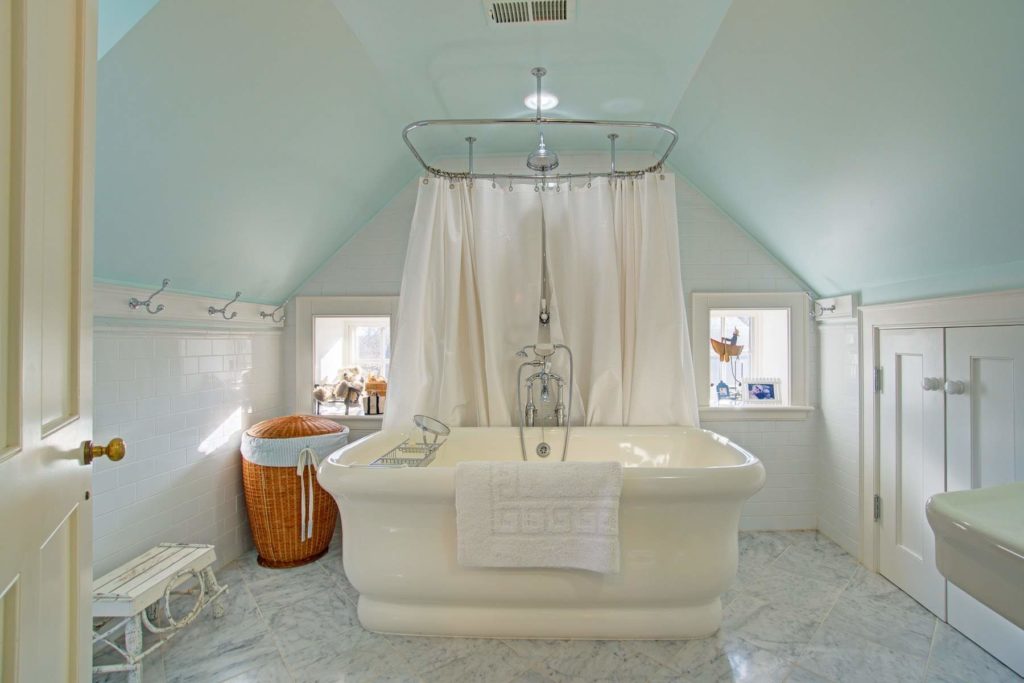
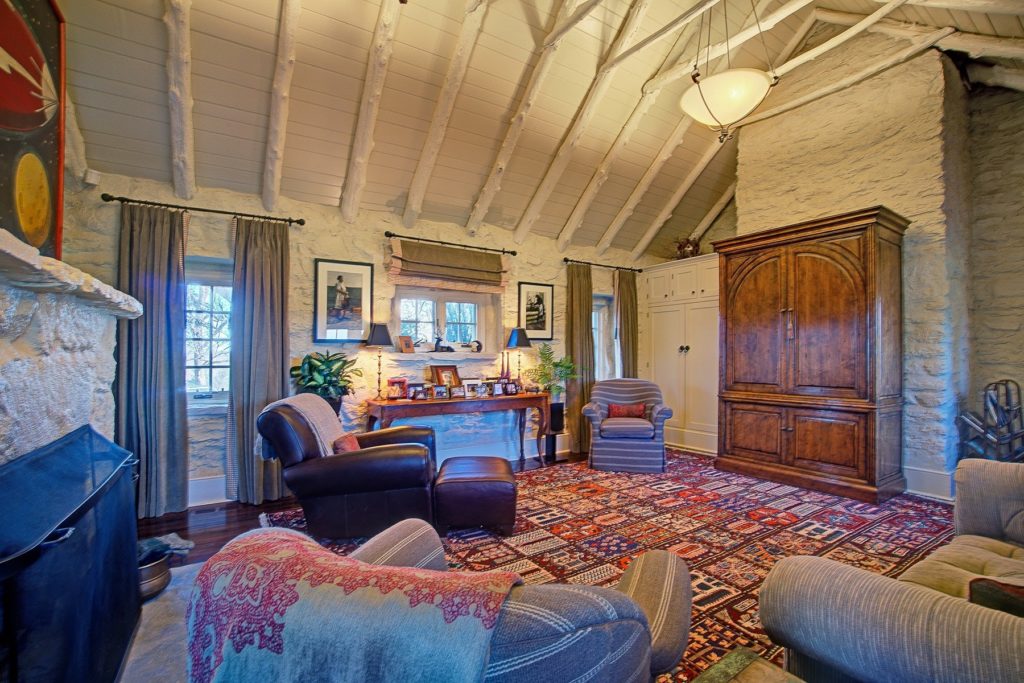
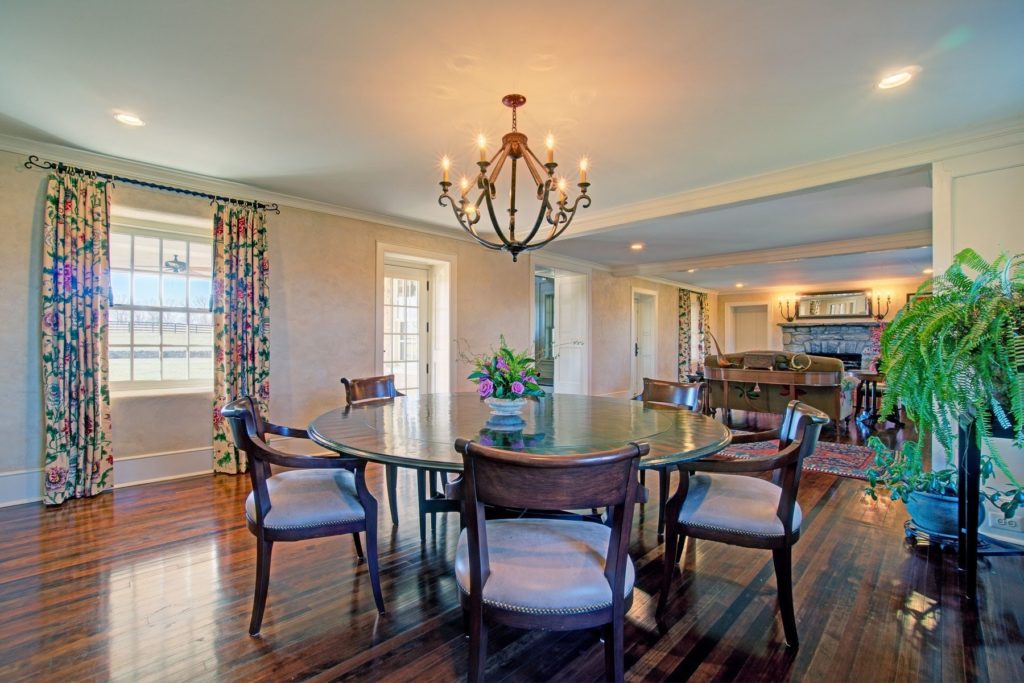
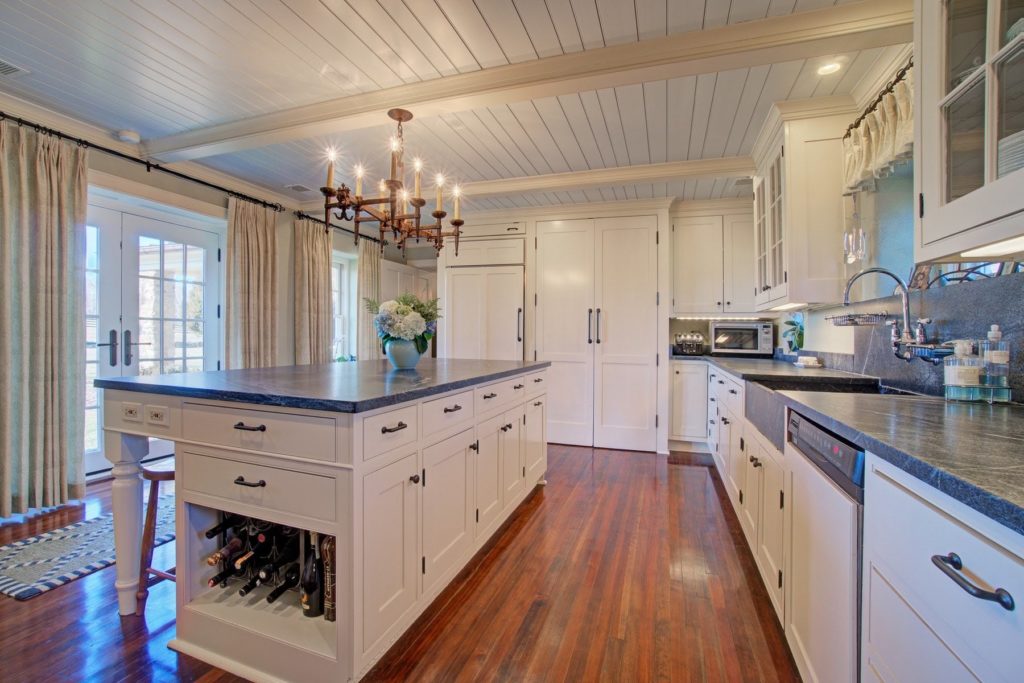
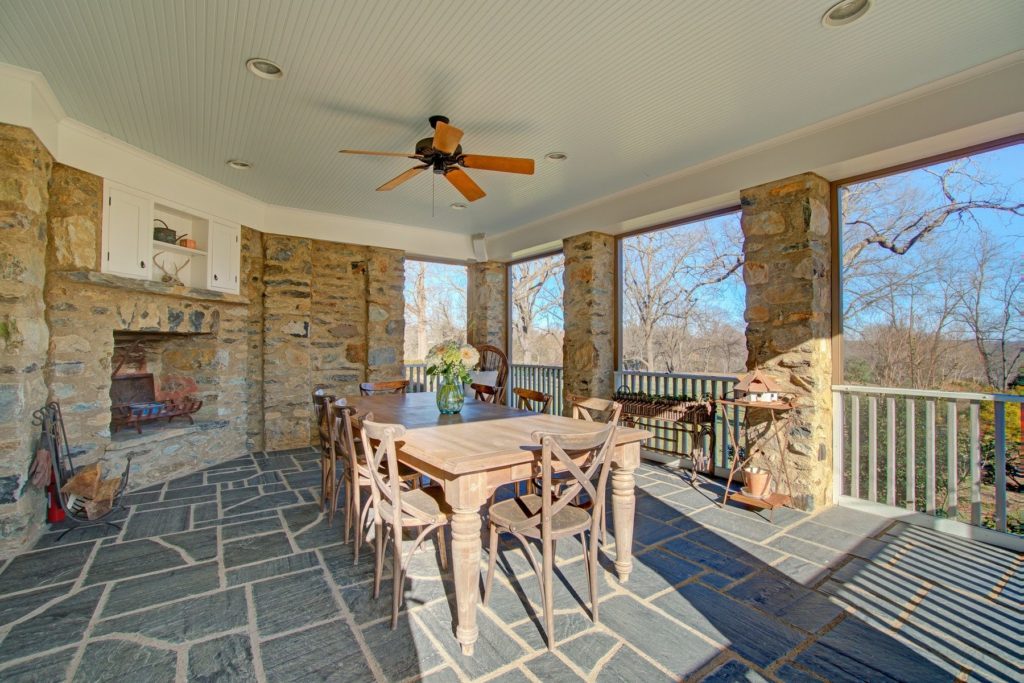
Destiny for this intrepid couple, as it turned out, was falling in love all over again but this time with a years long restoration project and not, as they initially assumed, a ‘demolish and rebuild’ venture.
The architect, Donald Lococo, designed an ingenious new staircase at the rear/north side of the house without compromising the house’s originality. Today, that staircase is a design focal point and a discussion item to all who cross Stonyhurst’s threshold. Its handrail was custom made from a walnut tree rescued off the property. Native field stone was hewn into components for the exterior. Original stone mantel pieces were conserved, restored and retained as authentic interior features. On the exterior, Lococo insisted that three feet of grade should be exposed in order to create improved balance and overall harmony. And the list goes on, in reward for which, Lococo was lauded by the American Institute of Architects with an Award of Excellence for Historic Architecture, as well as an Award of Merit for Residential Architecture.
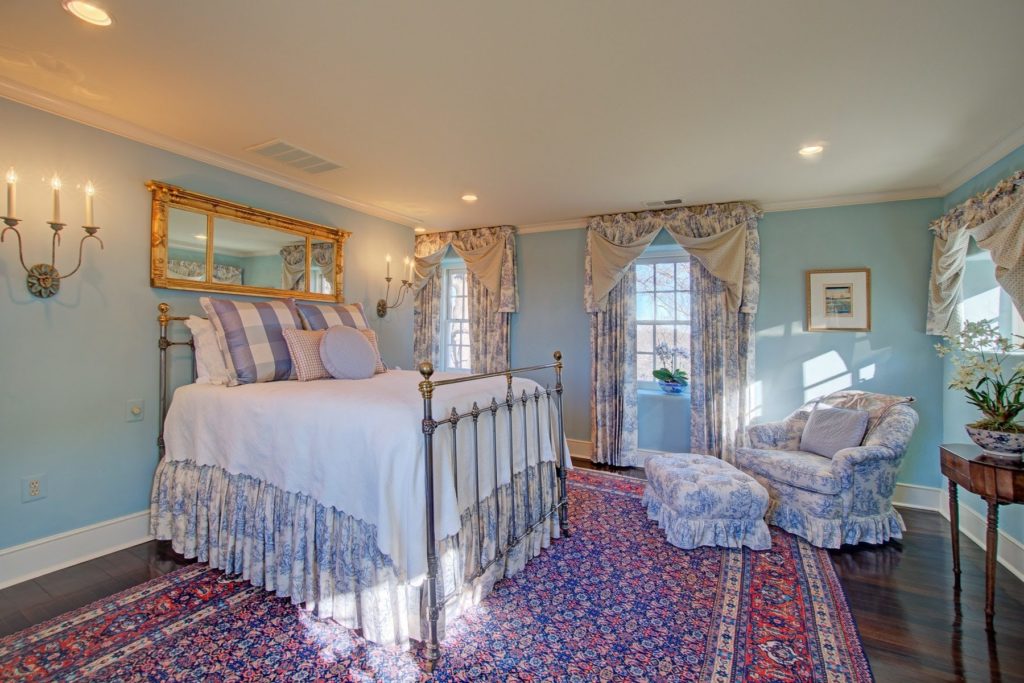
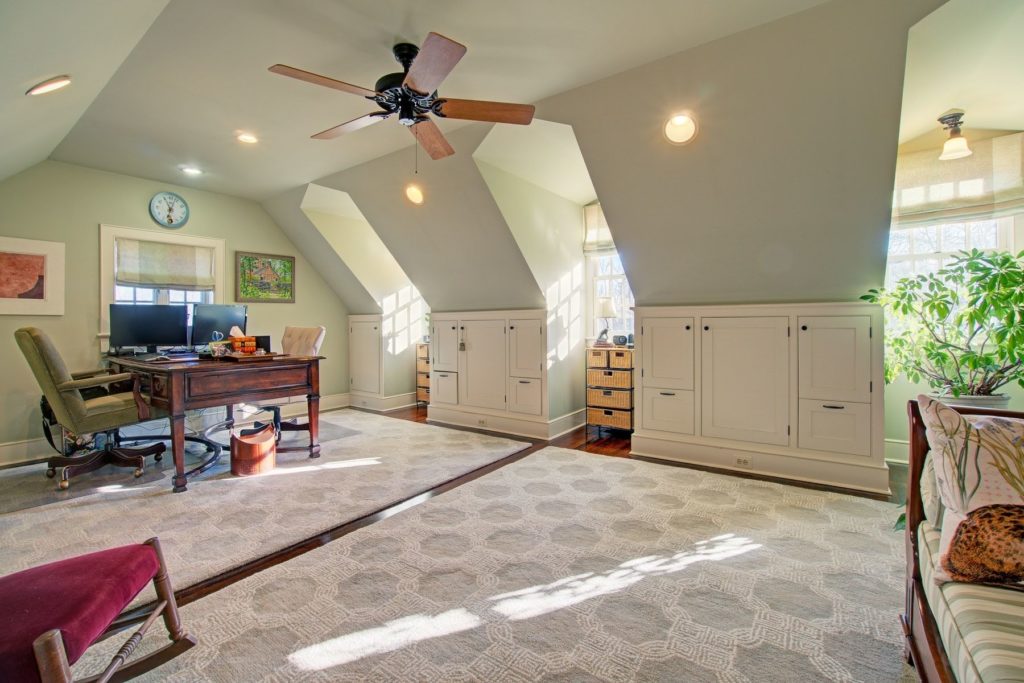
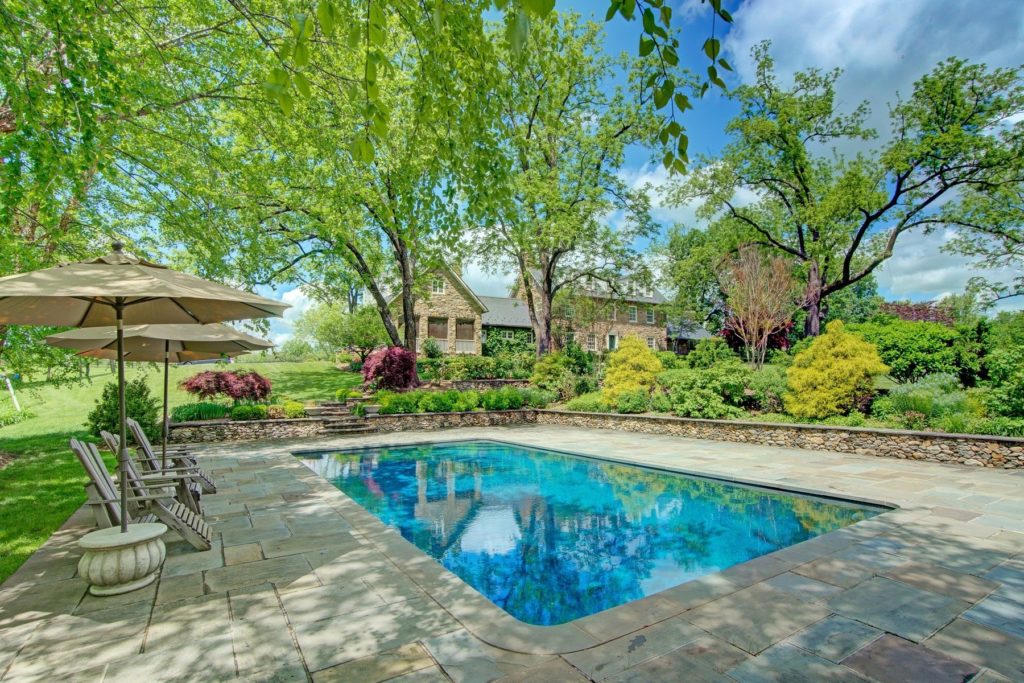
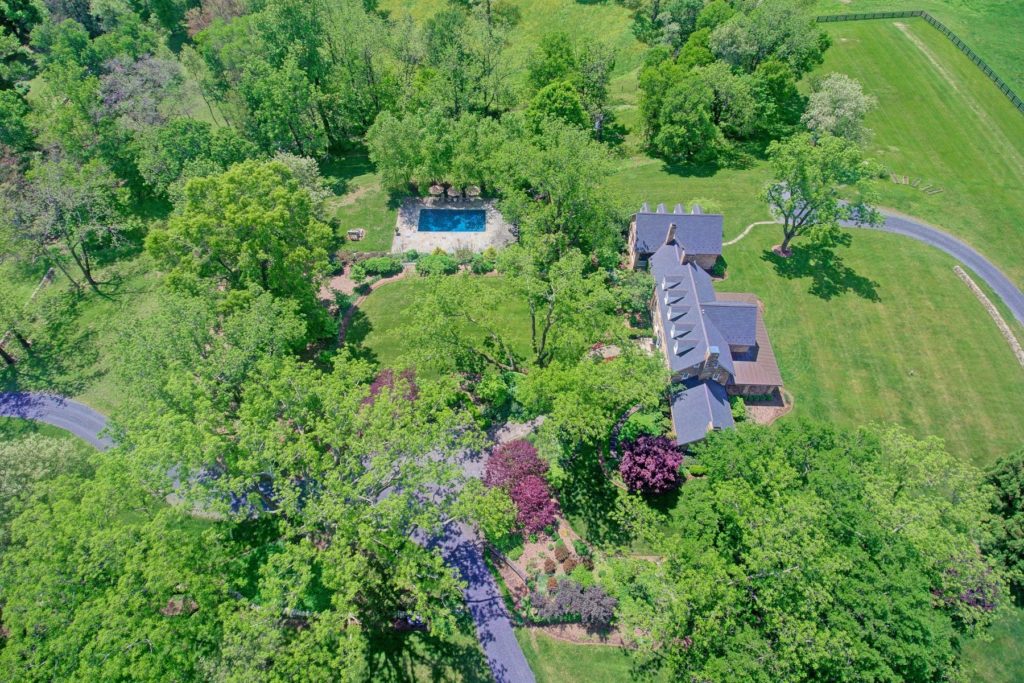
For the owners, the time has now come to pass the baton to the next stewards of this significant hunt country property. They are ready to return to the hustle and bustle of city life, and allow another family to absorb the tranquility which Stonyhurst has to offer.
They will miss their alpaca, acquired for farm use. “We have them sheared once a year and take the fleece to a fiber mill in Ruckersville, Virginia, to be made into yarn.” What more can be said to evoke such a country feeling feeling.
Stonyhurst is listed for sale through Hunt Country Sotheby’s International Realty in Middleburg, Virginia – $4,425,000 (540) 687-8500 [email protected]


